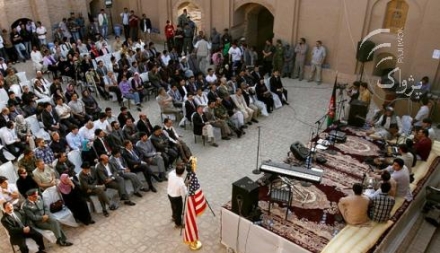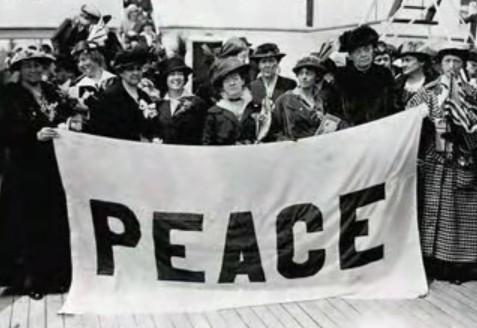Fed up with the violent conflict that has recently engulfed their country, musicians in the west African nation of Mali have come together to call for peace. More than 40 of Mali’s most talented musicians gathered in the capitol city of Bamako to record a song for peace and unity called “Mali Ko” (which means “For Mali”). They collectively call themselves the Voices United for Mali.
The song’s lyrics state, “It is time for us artists to speak about our Mali. Malians, let us join hands because this country is not a country of war. Dont forget that we are all of the same blood. The only way out of this crisis is the way of peace.” …
“War has never been a solution,” the lyrics say. “We don’t want war! Not in our Mali! War destroys everything in its path. We want peace. Peace in Africa! Peace in the world!”
Cultures of Resistance attended Mali’s legendary Festival in the Desert in 2009, and produced a short video called “Playing for Peace in the Sahara”. They describe how “in the Malian desert, musicians meet to build mutual respect by sharing cultures. Artists share their music and dance to emphasize what they have in common, rather than what separates them. This short film highlights the event’s approach to promoting cross-cultural expression as a means of overcoming the threat of divisive conflict.”
The 2013 edition of the Festival in the Desert will be a touring Caravan of Peace, called the Festival in the Desert in Exile. It will be a caravan of artists promoting peace and national unity in Mali, travelling from Mauritania to Mali and onto the Tuareg refugee camps in Burkina Faso. The caravan will last from February 7th to March 6th 2013….





